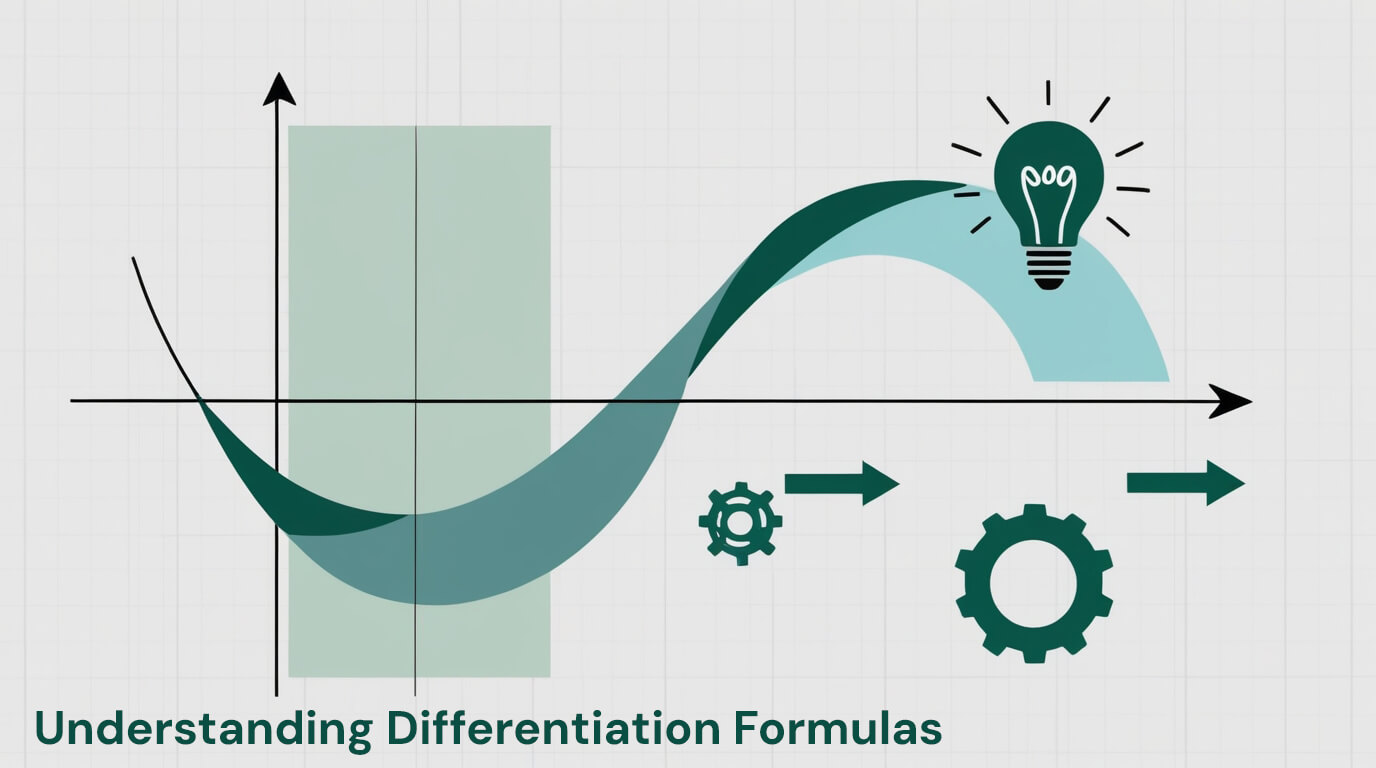Differentiation is a complicated concept in maths that sounds and looks intimidating. But with any complex concept, the key to mastering it lies in understanding the logic behind the concept and its application in real-world scenarios that build relatability to topics. Differentiation is a mathematical process that is essential to many multilayered equations that build the fundamentals of engineering and scientific calculations. The term differentiation is the process by which a function’s derivative is determined. It is used to discover the rate of change of velocity in association with time. For example, the word speed can be synonymous with slope which changes the velocity and acceleration of an object in response to the steepness of a surface.
Based on the variables in a function, the rate of change can be calculated for that function. The rate of change of ‘X’ can be calculated with differentiation to ‘Y’ which is a gradient on a curve plotted on a graph. When an independent variable is demonstrated as a function’s derivative, the word differentiation is used.
Functions are denoted by f. For example, if we want to relate to a function of x, and y is a variable concerning x, then it is written as
f(x) = dydx, the change in y per unit change in x reflects the rate of change in y.
Functions in Calculus are divided into two segments. They are Linear Functions and Non-linear Functions. As the name suggests, linear functions differ at a consistent pace throughout. Hence, there is no difference between the rate of change of the function in its entirety or that of the function at any given point.
Non-linear functions do not display such consistency in rate change at different points. The difference depends on the nature of the function. But for all functions, both linear and non-linear, the derivative at any given point is the rate of change of the function at that given point.
All formulas of Differentiation follow a set of rules. It is important to remember them as they are significant in calculus in general, both integral and differential.
When a function is not clearly defined in terms of x, both sides of an equation are differentiated to x and then will be solved for dydx. This process is called Implicit Differentiation.
For example. If we want to find dydx for the equation x2 + y2 = 25,
Differentiating both sides with x,
2x + 2y dydx = 0
Therefore, dydx = -xy
A. Sine Rule
d⁄dx(sin x) = cos x
B. Cosine Rule
d⁄dx(cos x) = -sin x
C. Tangent Rule
d⁄dx(tan x) = sec2 x
D. Cosecant Rule
d⁄dx(cosec x) = -cosec x cot x
E. Secant Rule
d⁄dx(sec x) = sec x tan x
F. Cotangent Rule
d⁄dx(cot x) = -cosec2 x
Differentiation calculates instantaneous rates of change, which is the crux of physics and engineering. Economics and Business analytics use differentiation to find the maximum and minimum of functions. Derivatives help plot the shape and behaviour of graphs. Newton's method for finding roots of equations is dependent on derivatives.
Mastering differentiation formulas is a crucial step in developing a strong foundation in calculus. These formulas provide powerful tools for analyzing functions, solving real-world problems, and advancing in various scientific and technical fields. By understanding the basic rules, trigonometric formulas, exponential and logarithmic differentiation, and more advanced concepts like the chain rule and implicit differentiation, a wide range of mathematical challenges can be tackled.
© Knowledgeum Academy
